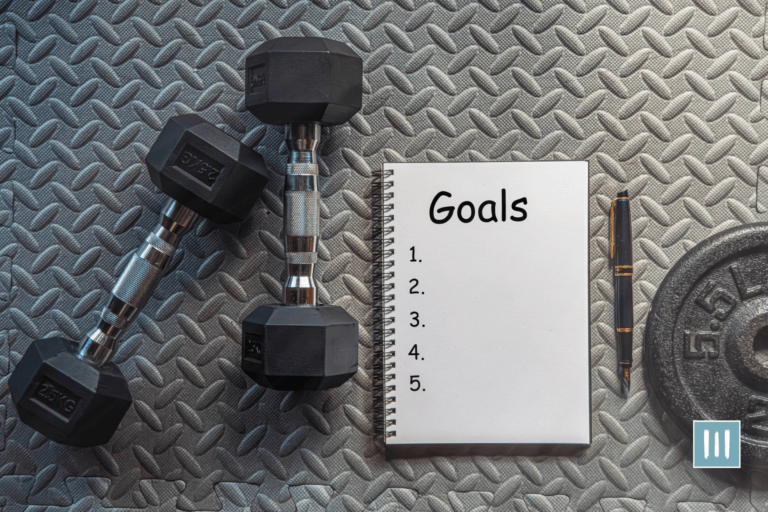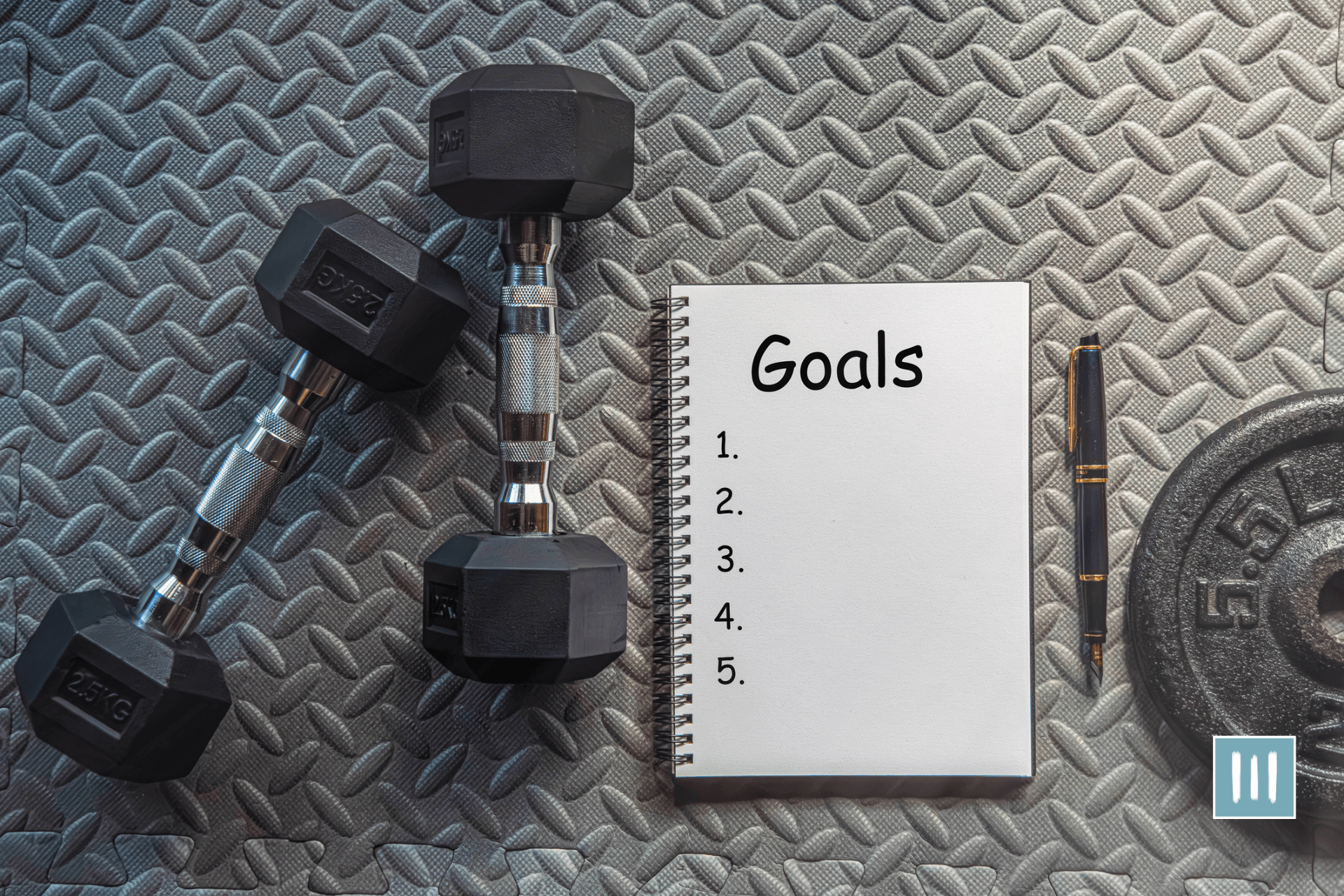Whether you’re a beginner or an experienced fitness enthusiast, understanding how to set achievable goals will help you stay motivated and see progress along the way.
In this article, we will guide you through the process of setting realistic goals for successful home workout routines. From assessing your fitness level to choosing the right exercises for your goals, we’ll provide you with practical tips and strategies to help you on your journey to fitness mastery.
So, get ready to challenge yourself, push your limits, and reap the rewards of your hard work as you embark on your home workout routine.
Key Takeaways
- Setting realistic goals is important for success in home workout routines
- Determining the frequency and duration of workouts depends on individual factors
- Assessing fitness level is important to tailor the workout routine and prevent injuries
- Choosing the right exercises involves considering muscle groups, intensity, variety, and equipment availability
Assessing Your Fitness Level
First, start by evaluating your cardiovascular endurance. This is the ability of your heart and lungs to supply oxygen to your muscles during physical activity. You can test this by performing activities that increase your heart rate, such as jogging in place or doing jumping jacks, and noting how long you can sustain them before feeling fatigued. This will give you a rough idea of your cardiovascular fitness level.
Next, assess your muscular strength and endurance. This involves evaluating the strength and endurance of your major muscle groups. You can do this by performing exercises like push-ups, squats, and planks, and noting how many repetitions you can comfortably do before experiencing muscle fatigue. This will give you an idea of your overall muscular fitness level.
Finally, don’t forget to assess your flexibility. Flexibility is the ability of your joints and muscles to move through a full range of motion. You can test this by performing simple stretches for major muscle groups, such as touching your toes or reaching your arms overhead, and noting any limitations or discomfort. This will give you an idea of your current flexibility level. By accurately assessing your fitness level in these areas, you can set realistic goals and create a home workout routine that challenges you without overwhelming you.
Determining Your Workout Frequency and Duration
To ensure you make the most of your at-home workouts, it’s important to determine how often and for how long you should be exercising. This will help you create a realistic and achievable workout routine that will lead you to success. The frequency and duration of your workouts will depend on various factors, including your current fitness level, goals, and schedule.
To help you determine the ideal workout frequency and duration for your home workouts, consider the following table:
| Fitness Level | Goal | Recommended Frequency | Recommended Duration |
|---|---|---|---|
| Beginner | Weight Loss | 3-4 times per week | 30-45 minutes per session |
| Intermediate | Muscle Gain | 4-5 times per week | 45-60 minutes per session |
| Advanced | Strength Training | 5-6 times per week | 60-75 minutes per session |
| All Levels | General Fitness | 3-6 times per week | 30-60 minutes per session |
Keep in mind that these recommendations are general guidelines and can be adjusted based on your personal preferences and limitations. It’s important to listen to your body and give yourself enough time to rest and recover between workouts.
Choosing the Right Exercises for Your Goals
When selecting exercises, it’s important to choose ones that align with your specific fitness goals. This will ensure that you are targeting the right muscle groups and working towards the results you desire.
Here are a few things to consider when choosing the right exercises for your goals:
- Targeted muscle groups: Identify the specific muscle groups you want to focus on and choose exercises that target those areas. For example, if you want to build strength in your upper body, exercises like push-ups and shoulder presses would be ideal. If you want to tone your legs, exercises like squats and lunges would be more appropriate.
- Exercise intensity: Consider the level of intensity you are comfortable with and choose exercises that align with that. If you’re a beginner, it’s important to start with exercises that are appropriate for your fitness level and gradually increase the intensity as you progress. On the other hand, if you’re more advanced, you may want to choose exercises that challenge you and push you to your limits.
- Variety: It’s important to choose a variety of exercises to prevent boredom and keep your body guessing. This will not only help you stay motivated, but it will also ensure that you are working all of your muscle groups in different ways. Incorporate exercises that focus on strength, cardio, flexibility, and balance to create a well-rounded workout routine.
- Equipment availability: Take into consideration the equipment you have available to you when choosing exercises. If you have access to dumbbells or resistance bands, you can incorporate exercises that utilize these tools. If you don’t have any equipment, bodyweight exercises can still be highly effective. It’s all about finding exercises that you can do with what you have.
Tracking Your Progress
Keep tabs on your progress by keeping a record of your gains and losses. Tracking your progress is essential for maintaining motivation and ensuring that you’re on the right track towards your fitness goals.
By documenting your workouts, you can see how far you’ve come and identify areas where you can improve. Whether it’s recording the number of reps and sets you complete, the amount of weight you lift, or the time it takes you to complete a certain exercise, tracking your progress allows you to see tangible results and measure your growth. It also provides a sense of accomplishment and satisfaction as you see yourself getting stronger, faster, or more flexible over time.
So grab a notebook, create a spreadsheet, or use a fitness tracking app to keep a record of your workouts. It won’t only help you stay accountable but also serve as a visual reminder of your progress, motivating you to keep pushing forward.
In addition to tracking your gains, it’s equally important to monitor any losses or setbacks you may encounter along the way. Fitness journeys aren’t always linear, and there may be times when you experience a decrease in strength, endurance, or flexibility.
By acknowledging and recording these setbacks, you can identify potential reasons and take corrective measures to get back on track. Perhaps you didn’t get enough sleep, or you’ve been pushing yourself too hard without allowing for adequate recovery.
Adjusting and Adapting Your Routine
Adapting your routine is essential for achieving long-term success with home workouts. As you progress in your fitness journey, your body will become more efficient and accustomed to the exercises you’re doing. This means that you may need to continually challenge yourself and change up your routine in order to continue making progress.
One way to do this is by increasing the intensity of your workouts. This could mean adding more weight, increasing the number of repetitions or sets, or decreasing the rest time between exercises. By pushing yourself to work harder, you’ll continue to see improvements in your strength and fitness level.
In addition to increasing the intensity, it’s also important to incorporate variety into your routine. Doing the same exercises day after day can lead to boredom and plateauing in your progress. Try incorporating different types of exercises, such as cardio, strength training, and flexibility exercises, into your routine. This will not only keep things interesting, but it’ll also help work different muscle groups and prevent overuse injuries.
You can also try different workout formats, such as circuit training or interval training, to challenge your body in new ways. By constantly adapting and changing your routine, you’ll continue to challenge yourself and see improvements in your overall fitness level.
Frequently Asked Questions
How can I find the motivation to stick to a home workout routine?
Are you struggling to find motivation for your home workout routine? Well, let me tell you a little secret: the key is to imagine yourself as a superhero, ready to conquer the world.
Are there any specific home workout equipment or tools that can enhance my workout routine?
Yes, there are several home workout equipment and tools that can enhance your routine. Resistance bands, dumbbells, and yoga mats are great options to add variety and intensity to your workouts.
What are some common mistakes to avoid when starting a home workout routine?
When starting a home workout routine, it’s important to avoid common mistakes that can hinder your progress. Don’t push yourself too hard, neglect proper form, or skip warm-ups and cool-downs.
How can I prevent injuries while exercising at home?
To prevent injuries while exercising at home, focus on proper form and technique. Start with a warm-up to prepare your muscles and joints. Listen to your body, rest when needed, and gradually increase intensity to avoid overexertion.
Can I still achieve my fitness goals with a home workout routine if I have limited space or resources?
Yes, you can still achieve your fitness goals with a home workout routine, even with limited space or resources. Get creative, use what you have, and focus on consistency and intensity. You’ve got this!

















